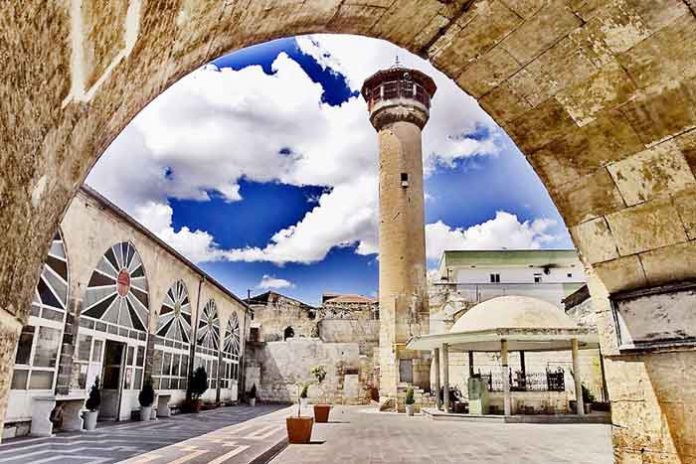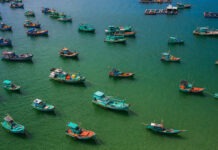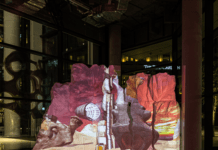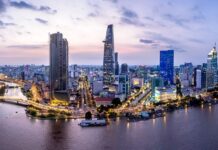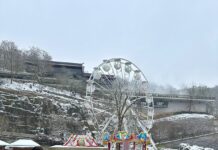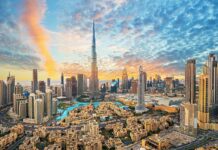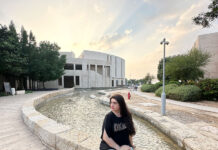Lying in the Tigris basin of Turkey, with the biggest city park this side of the Euphrates and a buzzing cafe culture, Gaziantep oozes panache and self-confidence. It has one astounding attraction definitely worth travelling across Turkey for – the superb Gaziantep Zeugma Mosaic Museum, whose collection rivals the best in the world.
Gaziantep’s tourism is now a major industry; many of the city’s beautiful, pale-stone historic buildings – especially its hans and mosques – have been restored and made accessible to visitors, with explanatory display boards in English.
But there is one Turkish word you should learn before visiting Gaziantep: fıstık (pistachio). This fast-paced and epicurean city has around 180 pastry shops producing the world’s best pistachio baklava. Other culinary treats are also on offer for adventurous foodie travelers.
Museums and Galleries
Zeugma Mosaic Museum
The superb new Zeugma Mosaic Museum, exhibits a superb collection of mosaics rescued from the once-luxurious Hellenistic/Roman border city of Zeugma, now virtually submerged by the Birecik dam on the Euphrates.

On the ground floor, where visitors enter, arrows direct you along the best route around an incredible array of mosaic floor panels, taken from the houses of wealthy citizens at Zeugma.
Particularly impressive are the re-creations of Roman peristyle villas, complete with their original mosaic flooring and wall frescoes. The mosaics themselves, most of which portray scenes from Classical Greek mythology, including Perseus and Andromeda, Eros and Psyche, and Pasiphae and Daedelus, are well labeled in English.
Below ground level, a section is devoted to the bathhouse of a gymnasium complex, including mosaics, water pipes, toilets and the under-floor heating system – and a magnificent bronze statue of the god of war, Mars.
The first floor holds yet more wonderful mosaics, including a superb scene of Zeus kidnapping Europa. The mosaic panel that has become a symbol of today’s city, the enigmatic face of a young female known as the “Gypsy Girl”, gets a darkened room all to itself.
The free, 15-minute video on the history of Zeugma that is shown at regular intervals, to the left of the entry turnstiles, is well worth catching.
Mevlevihane Vakif Muzesi
This museum focuses on the Mevlevi Sufis (a dervish order), and features artworks, kilims (woven rugs), manuscripts, and clothing worn by the Mevlevi. It is housed in the former lodge of the whirling dervishes and contains Mevlâna’s tomb and other displays about the whirling dervishes.

In the Islamic world the 13th-century Sufipoet Celaleddin Rumi, or Mevlâna (Our Guide), is all but considered a saint. One of the world’s great mystic philosophers, his poetry and religious writings are among the most beloved and respected in Islam and beyond.
After Mevlâna’s death, his followers formed the brotherhood called the Mevlevi, or whirling dervishes, with dance as one of its foremost worship semas (ceremonies). Today, the chance to witness this sema draws more than one million people to the Anatolian city of Konya for the Whirling Dervishes Festival, which commemorates Mevlâna’s death on 17 December 1273, the Date: now known as his ‘wedding night’ with Allah.
The Castle’s Museum
It is a great opportunity to learn, from the Turkish point of view, what happened in the WWI, especially what concerns to the dissolution of the Ottoman Empire. The museum is a detailed on the national heroes and the view from the top of the castle is amazing.
Kitchen Museum is about Turkish traditional cuisine, food, ingredients and tools. For this interesting museum, look for the signs near the castle.
Markets & Bazaars
Bakircilar Carsisi
Gaziantep’s labyrinthine bazaar includes the Zincirli Bedesten, now restored and full of metalworkers and shoemakers. Look out for things like nargile (hooka pipe) and yemeni (local leather shoes) at a bargained price. Excellent food markets include mini-mountains of spices and graceful garlands of dried chilies. South of the Zincirli Bedesten, in the Elmacı Pazarı area, is the original Gulluoglu baklava shop. The nearby Tahmis Kahvesi is Gaziantep’s most atmospheric kahvehane (coffeehouse).
Eat
Antep is famous for its pistachios, and these by themselves can be had fresh, unroasted as well as roasted ones. Try the spicy nuts.

Known for its cuisine that is heavily influenced by its southern neighbors, the city is renowned for its local variety of kebab (Antep kebabı). You can find many places that sell spicy kebabs here. Kebapci Halil Usta’s shop is not to be missed. Pay TL 15 for a single portion, TL 30 for a double portion. (A portion consists of one kebab of your choice, bread and salad.)
Make sure you enter a place that is crowded and order ayran with your kebab. Try a lahmacun, which is minced, marinated, spiced meat with minced vegetables on an extremely thin, crunchy dough. Lahmacun can be made with garlic or onions, in general, you will find garlic ones in Antep. Beyran a spicy lamb soup with rice served for breakfast.
Katmer, a thin phyllo pastry stuffed with sheep cheese, pistachios, and sugar served for breakfast, is one other thing not to be missed.

